Did you know that a few centimetres long fruit could be an essential oil source? Yeah, a palm- a tiny yet wonderful fruit and its nut are a source of two kinds of oil: palm oil and palm Kernel oil.

On average, 0.5 tonnes of palm kernel oil and 3.9 tonnes of crude palm oil can be extracted per hectare of a palm tree.
Are you wondering what other benefits of this palm nut are? How and where can you use it? Curious to know the unique facts of palm nuts?
Read this blog to explore the world of palm nuts. Starting from their origin, you will go through the numerous usages and benefits of palm nuts, step by step.
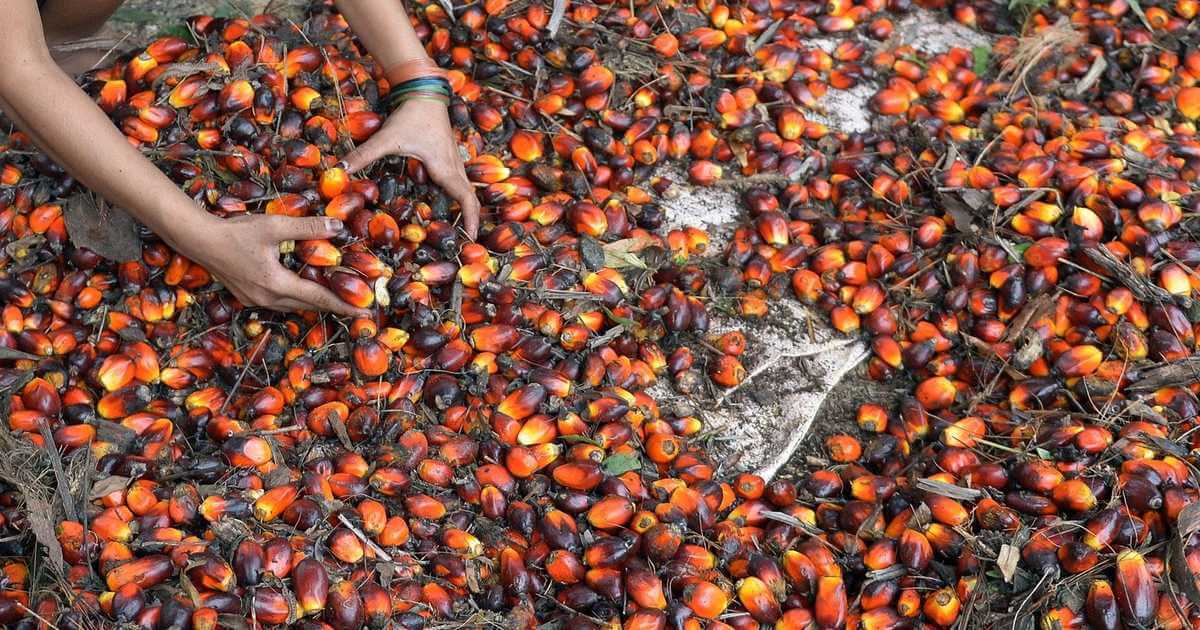
What is a Palm Nut?
Is it a fruit or a nut?
A palm nut is the edible seed of the African oil palm tree. A question that confuses many people is whether it is a nut or some fruit?
Remember that not every food item containing the word ‘nut’ is a nut. Palm nuts can be classified as fruits or seeds, and they are one of the many oil palm tree fruits used to extract oils.
Where does palm nuts grow?
The fruit is originally from Africa, especially Nigeria, Angola, and The Gambia. Later, it spread to the other parts of the world such as Sri Lanka, Pacific Oceans, Indian Islands, Malaysia, West Indies, etc.
The most traded oil in the world is palm oil and nowadays, Indonesia and Malaysia are the leading producers and exporters of Palm Oil.
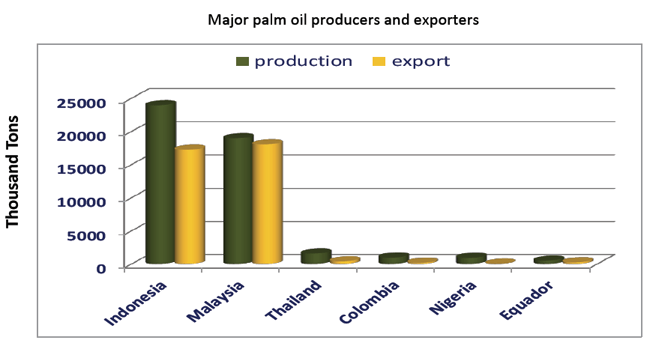
Characteristics of the Oil Palm Tree:
The oil palm tree has a thick trunk whose diameter can grow up to 75 cm. It has an external root system and grows around 30 to 100 leaves.
According to Malaysian Palm Oil Industry, the most productive oil crop is oil palm.
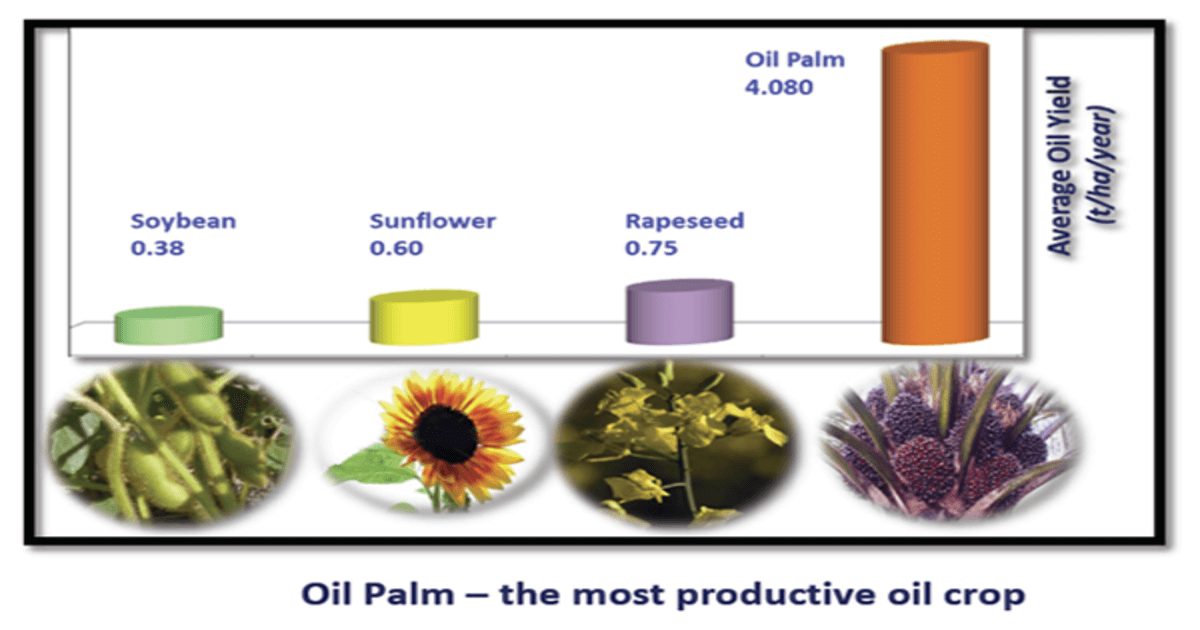
These leaves, which are arranged spirally at the top of the tree, can grow between 3-5 m long. Moreover, in the post-pollinations phase, the female cluster of flowers transforms into big kernel bunches, producing roughly 150 to 500 fruits or palm nuts.
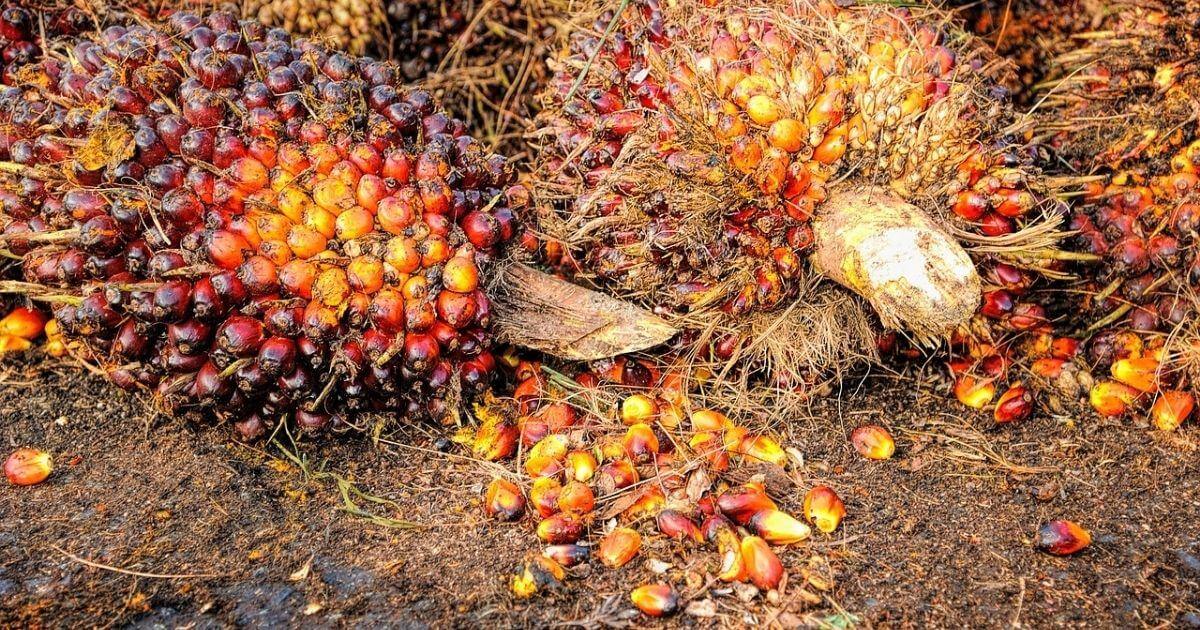
The Cultivation of Palm Nuts:
Mostly, the palm kernel bunches are harvested 3 to 4 years after cultivation. The process of harvesting involves cutting the kernels off from the tree when the fruits are ripe.
History of Palm Nuts:
Oil palm tree, which bears palm nuts, originated from West Africa. Interestingly, evidence of its usage as a staple food crop dates as far back as 5000 years.
In the late 1800s, palm oil, extracted from palm nuts, was discovered in the tombs located in Egypt. It is believed that traders had brought it to Egypt.
While palm oil was common in West Africa, the British industrial revolution, paired with increased overseas trading, expanded its usage in the international market. It was due to this increased demand that Europeans became interested in palm oil production.
From their origin in West Africa to their expansion towards the European countries, palm nuts can be considered as one of the earliest traded commodities.
Ghana and Palm Nuts:
In the early 1900s, an oil palm plantation and mill were established by Alexander Cecil Goff in the British colony of Gold Coast, now known as Ghana.
Ghana is a West African country, and the oil palm tree is the second most important crop in its economy after cocoa. Therefore, it is one of the leading cash crops in the economy.
Around 350,000 hectares of Ghana’s land has been used for the plantation of palm oil. According to the Food and Agriculture Organization of the United Nations, there is an average annual increase of 12% in Ghana’s palm oil production.

Although the first Ghanaian industry was export-oriented, circumstances changed after it gained independence in 1957. The post-independence version of this industry was domestic-oriented.
As a result, Ghana’s current market share in the global export of palm nuts is around 0.7% while that in the global imports is nearly 0%.
Uses of a Palm Nut and its Products:
Palm-nut and its products are of immense benefit to humans. Below is a list of the ways they are used throughout the world:
Palm Nut Uses
- Palm oil is extracted from the pulp (the outer part) of the palm nuts
- Palm kernel oil comes from the soft part (the inner part) of the seed. Is it not amazing how a tiny seed can be so useful?
- Palm kernel oil is used for making edibles like bread, biscuits, and cakes (it is said that this oil has a powerful aroma)
- It is also a major ingredient in the production of soaps, detergents, hair creams, etc.
- Palm kernel oil and palm oil are also used as a cooking oil
- Pharmaceutical companies make use of both oils due to their medicinal properties
- Once, the oils have been extracted, the pulp is transformed into a palm kernel cake. This cake is rich in proteins and is utilized as fodder for animals
- Palm kernel oil can be utilized as fuel for vehicles
- Palm oil acts as a lubricant for machines and equipment, and it is also used for culinary purposes
- Palm nut is also used to make cream and palm nut soup which is very beneficial
What Benefits Do Palm Nuts, and Their Products Serve?
So far, we have seen that palm nuts are an important source of palm and palm kernel oil. Now, what good are these oils to us? Let us take a look at the benefits they serve:
Palm Nut Benefits
- Palm nuts are filled with nutrients which are essential for maintaining good health
- Palm kernel oil has zero cholesterol (people with high cholesterol, and heart diseases, switch over to this healthier oil)
- This oil is loaded with antioxidants which protect the cells against the free radical molecules
- Palm kernel oil is a rich source of healthy unsaturated fats. This makes it ideal to be used in cooking
- It is also used as a hair oil as it improves hair growth, and makes them shiny
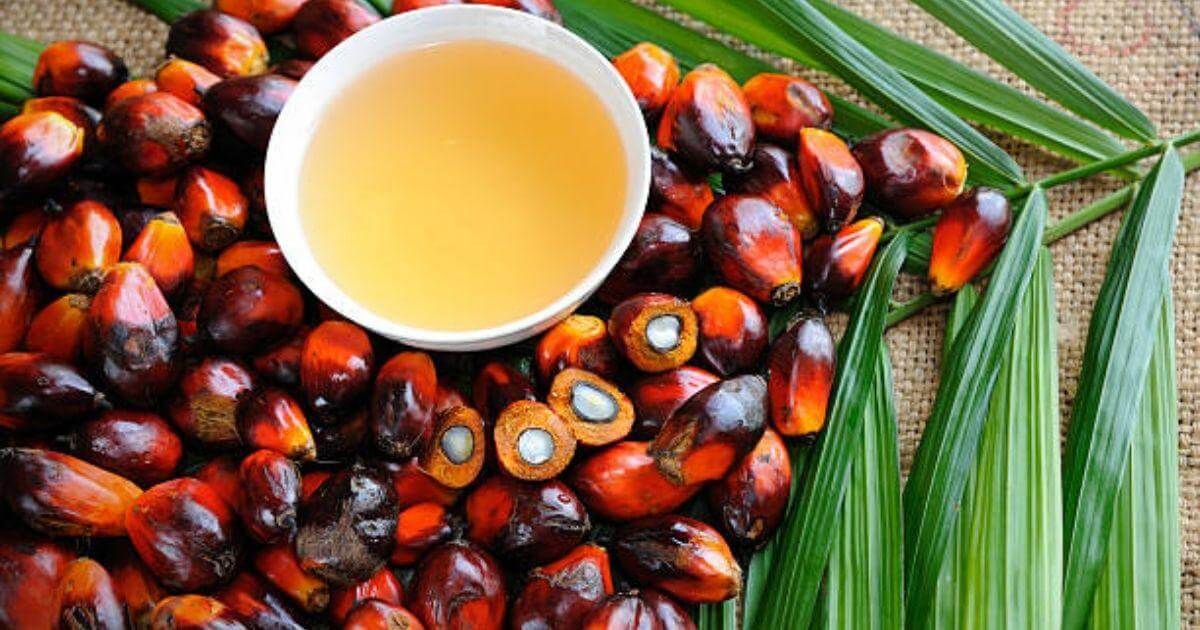
- Besides the amazing anti-aging benefits provided by palm kernel oil, it serves as a great skincare product (who does not like soft, and glossy skin?)
- Many researchers believe that palm oil is suitable for the treatment of vitamin A deficiency, clotting of blood, and cognitive impairment
- Palm oil decreases cholesterol level, boosts brain health, and slows the progression of heart disease
- Although it contains fatty acids, palm oil does not contribute to the development of arterial thrombosis
- Palm oil contains around 50% medium-chain fatty acid. This is the fat burned by our body to use as fuel, and this percentage is quite low as compared to coconut oil
Interesting Facts About Palm Nuts:
Now that we have looked at the uses and benefits of pine nuts, let us jump into some interesting facts about them:
- Palm nuts are the most important oil-producing fruits of the tropics
- 90% of the world’s palm oil, which comes from palm nuts, is used in food
- The oil palm trees, bearing the palm nut fruit, can reproduce for around 30 years, and live up to 200 years
- Palm nuts take around six months to mature from the onset of pollination
- Growing in big bunches, palm nuts can grow up to five cm long
- 62 million tons of palm oil is produced from palm nuts annually
- One oil palm tree can produce 40 kgs of palm oil every year
Can Palm Nuts be Used to Make Soup?
The answer is: Absolutely! Palm-nut soup is a West African soup which is famous in Ghana, Liberia, Sierra Leone, Guinea, and Nigeria.
There are many ways to prepare this soup, e.g., palm nut soup with smoked fish, dried fish, etc.
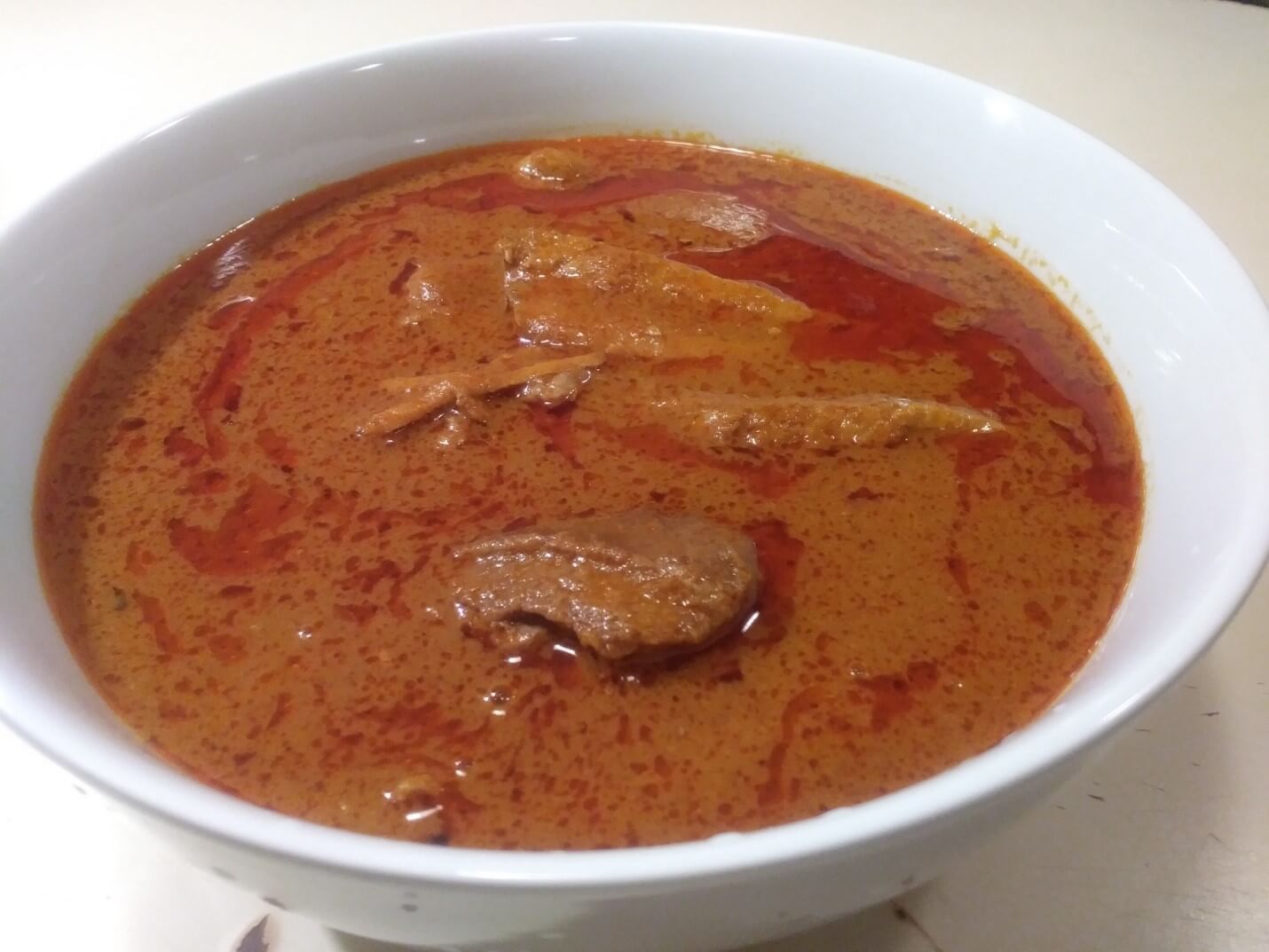
Amazing Health Benefits of Palm Nut Soup:
The palm nut soup does not only look and taste great but also serves several health benefits as given in the list below:
- One of the main ingredients of the soup is fish, which is rich in proteins
- The chili used in the soup contains vitamins and minerals, which fasten the recovery process after an illness
- Palm nuts contain vitamin K which is one of the most important fat-soluble vitamins required by the body. It does not only boost bone health but also acts as a blood coagulant
- The oil of palm nuts is loaded with vitamin A which improves vision
- The soup is also a source of vitamin C, which improves immunity
Conclusion:
Palm-nut is one of the major sources of palm oil and palm kernel oil, both of which are widely used around the world. There are machines used to sort and crack Palm Nut.
Additionally, this amazing fruit has many health benefits, e.g., it is rich in nutrients, vitamins, antioxidants, etc. Apart from being used as oil extraction, palm nuts are also a star ingredient in one of the top West African food items: the palm nut soup.
With their long history, usage, and benefits, palm nuts are bound to impress us all.
Read about: Ghanaians Soup Recipes

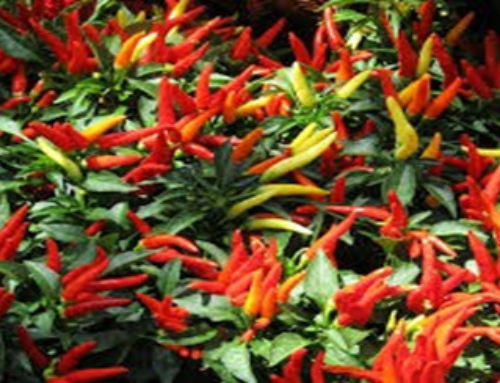
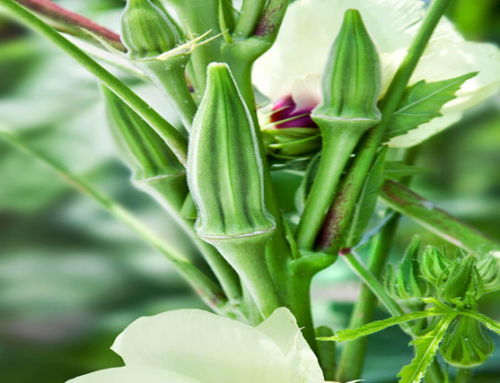
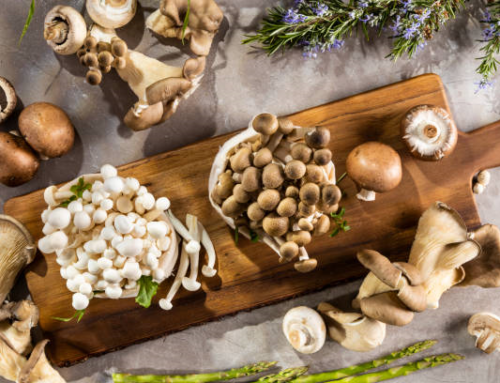
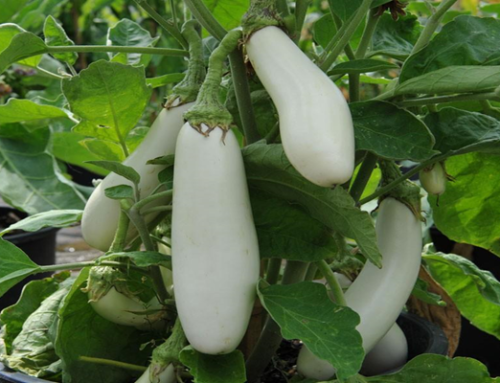

Leave A Comment